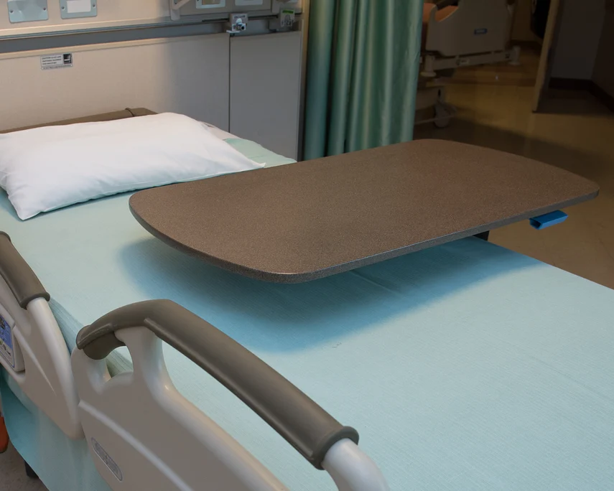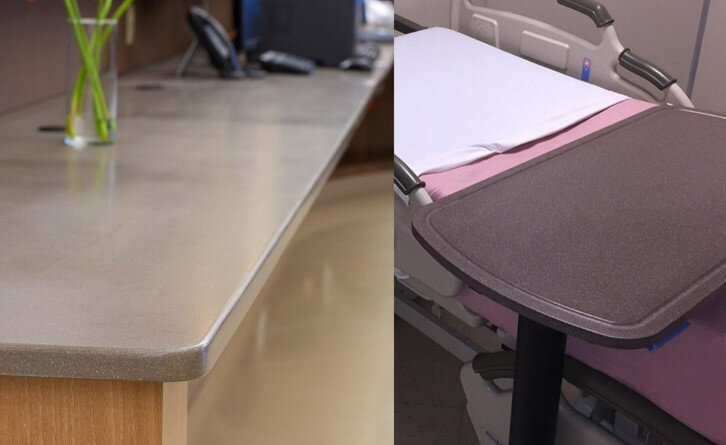
We collect basic website visitor information on this website and store it in cookies. We also utilize Google Analytics to track page view information to assist us in improving our website.
CHAIR believes self disinfecting surfaces is key to cost effective transformation of community and healthcare spaces including, transit, hosptials, and long term care.
CHAIR recommends a Target Contamination Level (TCL) of <0.5 CFU / cm² in healthcare and community spaces.





Copper is the most studied, effective protection against surface transmission of disease for healthcare and community spaces.
Self disinfecting Copper can provide up to the equivalent of 100 surface disinfections per day.
Self disinfecting copper is available as solid metal alloys, coatings, or as ions infused into solid surfaces or plastics.
Tarnishing does not reduce antimicrobial efficacy.
See the following links for more information:
These surfaces may include some or all of the following:
Over bed tables
Bed rails
Toilet seats
Bedside tables
Countertops
IV poles
Hot and cold taps
Door push plates
Grab rails
Toilet flush levers
Soap dispensers
Towel dispensers
Sink traps and wastes
Call buttons
Push plates
Thumb turns
Cubicle locks
Light switches
Power sockets
Ideally, they should be permanent, cost effective, environmentally friendly, and non toxic.
In Canada, self disinfecting surfaces are registered by Health Canada PMRA and must achieve a 99.9% reduction of pathogens in less than 2 hours.
Stainless steel has no disinfection properties.